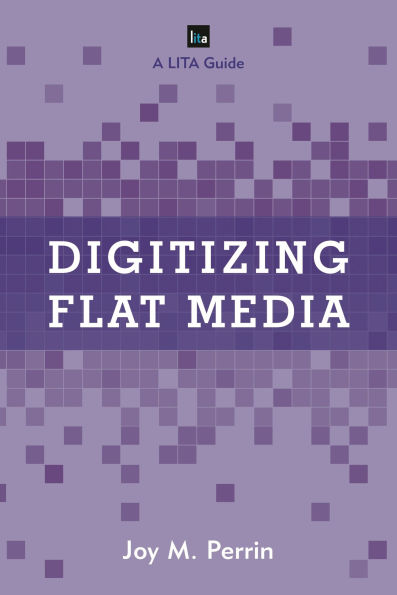Here is a concise guide to the nuts and bolts of converting flat media (books, papers, maps, posters, slides, micro formats, etc) into digital files. It provides librarians and archivists with the practical knowledge to understand the process and decision making in the digitization of flat media. Instead of having to learn by trial and error, they will get a well-rounded education of the practical aspects of digitization and have a better understanding of their options. This is the stuff they don’t teach you in school.
People can be lured into thinking that all it takes to digitize something is a scanner and some metadata. This guide illustrates the practical aspects of digitization such as:
the physical challenges of scanning books without cutting the spine, the differences between a “scanner” that uses a scanning head vs a “scanner” that uses a camera, the different options for workflow for digitized items, and the reasons for choosing one scanner over another for reasons other than price.
Digitizing Flat Media: Principles and Practices is intended to give librarians and archivists the benefit a seasoned digitization professional guiding them and helping them figure out exactly what needs to be done when.
1122938920
People can be lured into thinking that all it takes to digitize something is a scanner and some metadata. This guide illustrates the practical aspects of digitization such as:
the physical challenges of scanning books without cutting the spine, the differences between a “scanner” that uses a scanning head vs a “scanner” that uses a camera, the different options for workflow for digitized items, and the reasons for choosing one scanner over another for reasons other than price.
Digitizing Flat Media: Principles and Practices is intended to give librarians and archivists the benefit a seasoned digitization professional guiding them and helping them figure out exactly what needs to be done when.
Digitizing Flat Media: Principles and Practices
Here is a concise guide to the nuts and bolts of converting flat media (books, papers, maps, posters, slides, micro formats, etc) into digital files. It provides librarians and archivists with the practical knowledge to understand the process and decision making in the digitization of flat media. Instead of having to learn by trial and error, they will get a well-rounded education of the practical aspects of digitization and have a better understanding of their options. This is the stuff they don’t teach you in school.
People can be lured into thinking that all it takes to digitize something is a scanner and some metadata. This guide illustrates the practical aspects of digitization such as:
the physical challenges of scanning books without cutting the spine, the differences between a “scanner” that uses a scanning head vs a “scanner” that uses a camera, the different options for workflow for digitized items, and the reasons for choosing one scanner over another for reasons other than price.
Digitizing Flat Media: Principles and Practices is intended to give librarians and archivists the benefit a seasoned digitization professional guiding them and helping them figure out exactly what needs to be done when.
People can be lured into thinking that all it takes to digitize something is a scanner and some metadata. This guide illustrates the practical aspects of digitization such as:
the physical challenges of scanning books without cutting the spine, the differences between a “scanner” that uses a scanning head vs a “scanner” that uses a camera, the different options for workflow for digitized items, and the reasons for choosing one scanner over another for reasons other than price.
Digitizing Flat Media: Principles and Practices is intended to give librarians and archivists the benefit a seasoned digitization professional guiding them and helping them figure out exactly what needs to be done when.
62.0
In Stock
5
1

Digitizing Flat Media: Principles and Practices
156
Digitizing Flat Media: Principles and Practices
156
62.0
In Stock

Product Details
| ISBN-13: | 9781442258099 |
|---|---|
| Publisher: | Bloomsbury Academic |
| Publication date: | 12/15/2015 |
| Series: | LITA Guides |
| Pages: | 156 |
| Product dimensions: | 5.90(w) x 8.90(h) x 0.50(d) |
About the Author
From the B&N Reads Blog
